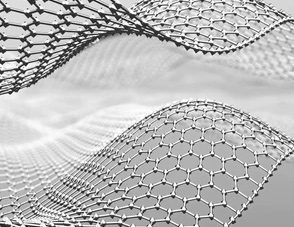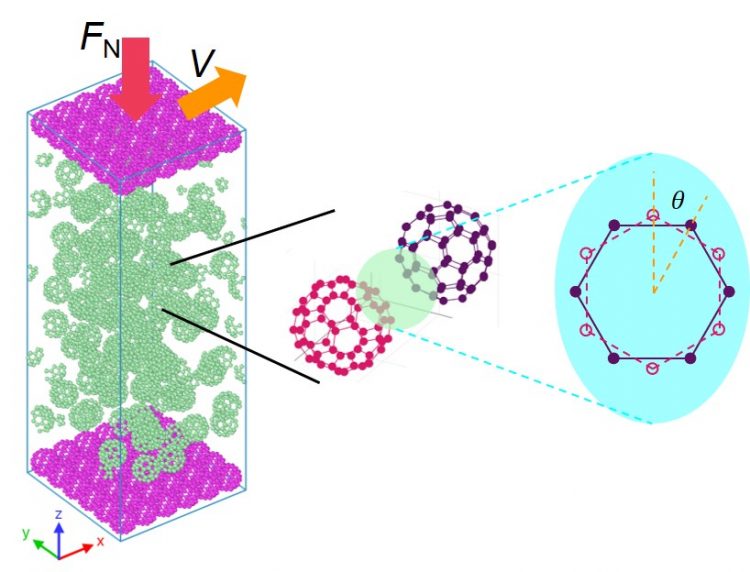We investigate strategies to lift the nano-scale mechanism of ultra-low friction between solid surfaces to the macroscopic scale. Our research within the European project SSLiP shows that this can be achieved by using superlubric particles – either fullerenes (studied in simulations) or graphene-coated colloids.
Besides the superlubric property, 2D semiconductor materials such as MoS2 also exhibit photoluminescence when in monolayer form. We use this property to directly image the atomic contact of two sliding superlubric monolayers. This allows us to visualize the real contact between sliding surface.

Superlubric colloid suspension
We explore the ultralow friction properties of graphene-coated colloidal particles for friction-reduction applications.
Read more …

Friction behavior of bulk fullerene ensembles (Simulations)
We use MD simulations fullerene ensembles to see whether the superlubric fullerene-fullerene interaction can be lifted to the full ensemble.
Read more …